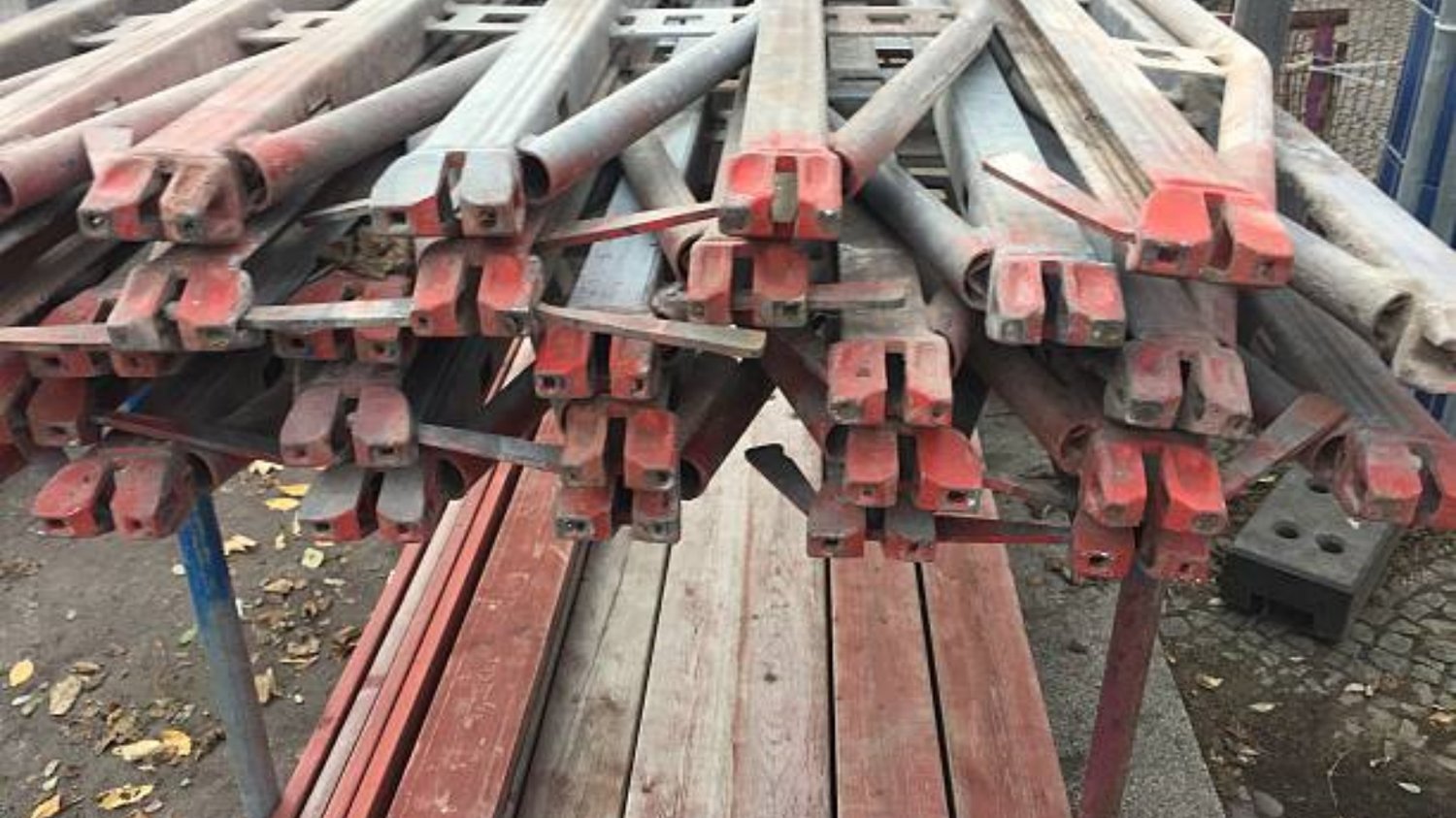Understanding the Basics of Decoiling
Decoiling is a crucial process in the manufacturing industry, particularly in metalworking and steel production. It involves unwinding a coil of material, such as steel, aluminum, or copper, to obtain a flat and straight sheet. This article will provide a comprehensive guide to the process of decoiling, covering various aspects and techniques involved.
The Importance of Decoiling in Metalworking
Decoiling plays a vital role in metalworking processes as it allows for the efficient transformation of coiled materials into usable sheets. By straightening and flattening the material, it becomes easier to cut, shape, and process further. This process ensures the material's dimensional accuracy and improves the quality of the end product.
The Machinery Used in Decoiling
Decoiling is typically performed using specialized machinery known as decoilers or uncoilers. These machines are designed to handle and unwind coils of various sizes and materials. They consist of a motorized spindle, a mandrel or drum to hold the coil, and a set of rollers to guide the material as it unwinds. Some advanced decoilers also include features like loop control and tension control systems to ensure smooth and controlled unwinding.
Types of Decoiling Processes
There are different techniques used for decoiling, depending on the specific requirements of the material and the desired outcome. The two most common types of decoiling processes are passive decoiling and active decoiling.
Passive Decoiling
In passive decoiling, the material is unwound from the coil without any external assistance. It relies solely on the natural tension and weight of the coil to unwind. Passive decoiling is often used for materials with relatively low tensile strength and when the desired sheet thickness is not critical.
Active Decoiling
Active decoiling, on the other hand, involves the use of powered systems to unwind the material. This technique allows for more precise control over the unwinding process, making it suitable for materials with high tensile strength or when precise sheet thickness is required. Active decoiling systems can incorporate features like edge guides, roll feeders, and servo-driven motors to ensure accurate and consistent unwinding.
The Decoiling Process Step-by-Step
Now, let's take a closer look at the step-by-step process of decoiling:
Step 1: Preparation
Prior to decoiling, the coil is typically inspected for any defects or damage. It is important to ensure that the coil is properly secured to the decoiling machine and that all safety precautions are in place.
Step 2: Loading the Coil
The coil is carefully loaded onto the machine's mandrel or drum. The operator ensures that the coil is centered and aligned properly to prevent any issues during unwinding.
Step 3: Setting the Tension
The appropriate tension is set depending on the material and desired outcome. This ensures that the material unwinds smoothly without any excessive slack or tension that could lead to defects or damage.
Step 4: Unwinding the Material
Once the tension is set, the motorized spindle is activated, and the material begins to unwind. The material passes through a series of rollers, which guide it and help maintain control over the unwinding process.
Step 5: Straightening and Flattening
After the material is fully unwound, it may undergo additional processes, such as straightening and flattening. This ensures that the sheet obtained is free from any deformities or irregularities.
Step 6: Cutting to Size
If required, the sheet may be cut to the desired size using cutting tools or shearing machines. This step allows for customization and prepares the material for further processing or use.
Step 7: Quality Check
Before the sheet is considered ready for use, it undergoes a thorough quality check to ensure it meets the specified standards. This may involve visual inspection, dimensional measurements, and material testing.
Step 8: Packaging and Storage
Once the sheet passes the quality check, it is typically packaged and prepared for storage or shipment. Proper packaging protects the material from damage and ensures it remains in optimal condition until it is needed.
Conclusion
The process of decoiling is a crucial step in metalworking and steel production. It involves unwinding coiled materials to obtain flat and straight sheets, which are then further processed or used as is. Whether it is passive or active decoiling, the process requires specialized machinery and precise control to ensure the desired outcome. By understanding the process and its various aspects, manufacturers can optimize their production processes and achieve high-quality results.

